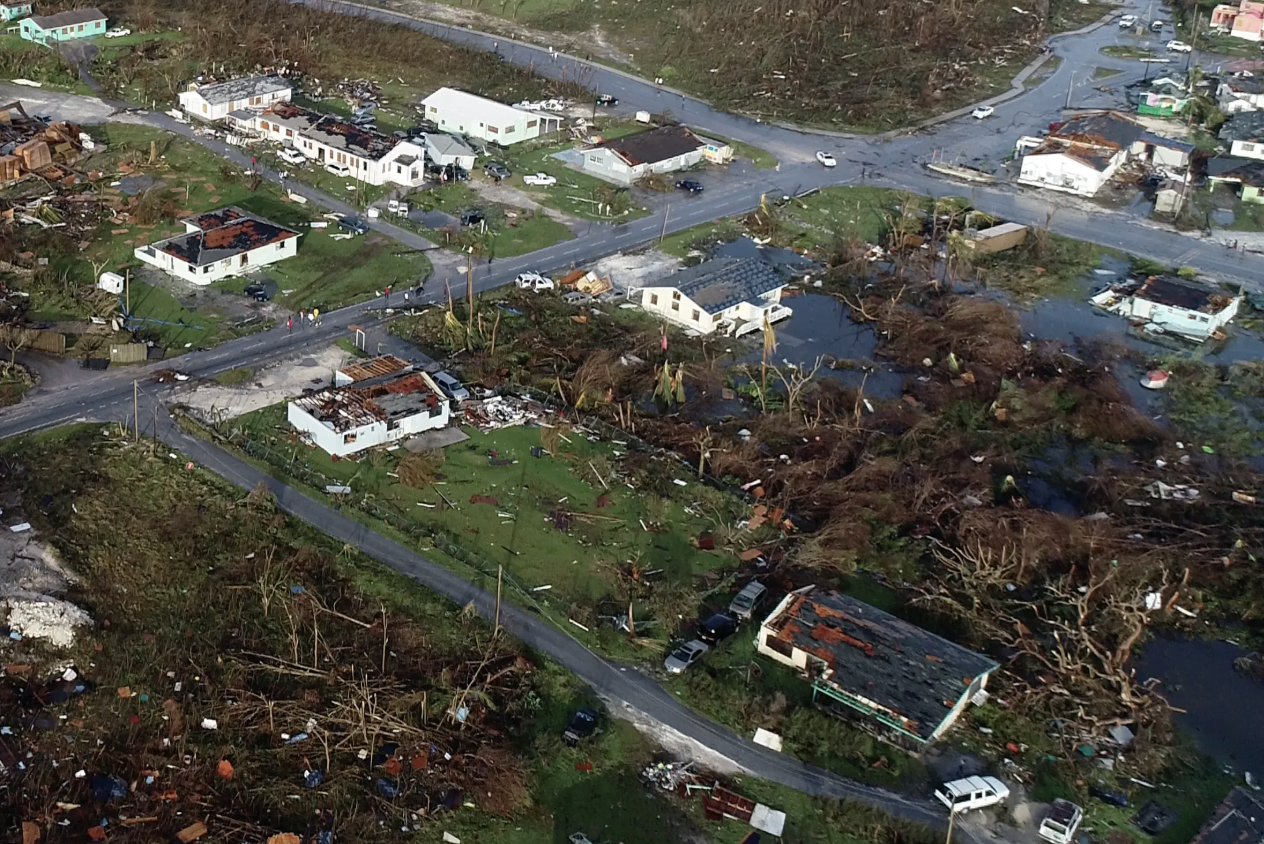NASSAU, BAHAMAS – Hurricane Dorian, the merciless Category 5 storm that decimated parts of Grand Bahama and Abaco in early September, caused nearly $100 million in damages to educational facilities, according to a recent Inter-American Development Bank (IDB) report.
The study titled, “Assessment of the Effects and Impacts of Hurricane Dorian in The Bahamas”, outlines a breakdown of costs for damage sustained, recovery efforts and losses.
“The widespread damage to educational facilities amounted to $72 million,” the report noted.
“Losses in the sub-sector which comprises the estimated value of lost instruction time along with the value of tuition refunds for students no longer returning for post-secondary level education totaled $6.8 million.
“The remaining costs included additional costs incurred during the recovery efforts, which amounted to $21 million.
“They include the removal of rubble, school furniture to accommodate re-assigned students and teachers, special equipment to conduct classes, fencing, security, school meals, payment of grants, security, psychosocial support to teachers and staff, enrollment fees and costs associated with the enrollment drive conducted by the Ministry of Education for displaced students.”
Additionally, the report further noted that public sector institutions incurred the brunt of the costs across the affected islands, with a total estimated cost of $74 million.
“The limited data available on private sector schools across the both islands contributed to the significantly smaller private sector cost,” the report added.
The IDB said the assessment was requested by the government of The Bahamas to determine the resulting damage, losses and additional costs.
The study was conducted in collaboration with the United Nations Economic Commission for Latin America and the Caribbean (ECLAC) and the Pan American Health Organization (PAHO).
The report noted that the estimated costs across the two islands were equally distributed, despite the student and teacher population on Abaco being significantly smaller than that of Grand Bahama.
Forty-five education facilities – with varying levels of damage – 10,546 students and 796 teachers were affected as a result of the storm, according to the IDB.
Altogether, seven schools were destroyed.
“On Abaco, there were 23 educational facilities impacted with 3,512 students and 211 teachers affected while Grand Bahama had 24 educational facilities impacted with 7,034 students and 585 teachers affected,” the report added.
“At the time of this report and following the registration drive conducted by the Ministry of Education, approximately 1,500 displaced students had been reassigned to alternative schools across the islands of The Bahamas.”
Scores of Hurricane Dorian displaced students have been provided temporary NIB numbers that will need to be renewed annually.
Some 130 evacuated students could not be registered for school because they were unable to obtain National Insurance Board (NIB) cards, according to School Registration Coordinator Zane Lightbourne.
In late October, the Ministry of Health expressed concern with the high number of children at the Kendal G. L. Isaacs Gymnasium shelter who had not been attending school and remained at the facility during the day.
According to a October 25, Ministry of Health Situation report, 150 children were not in school.
The majority of them were in need of NIB cards.
The report said based on conversations with the Ministry of Education, families with students not in schools who were interviewed informed the ministry that they remained out of school due to an inability to have uniform, lack of documentation for registration and difficulty with transportation to and from school.
Lightbourne said last week that the Ministry of Education made efforts to address these concerns, including relocating some students, to ease the burden of transportation challenges.






